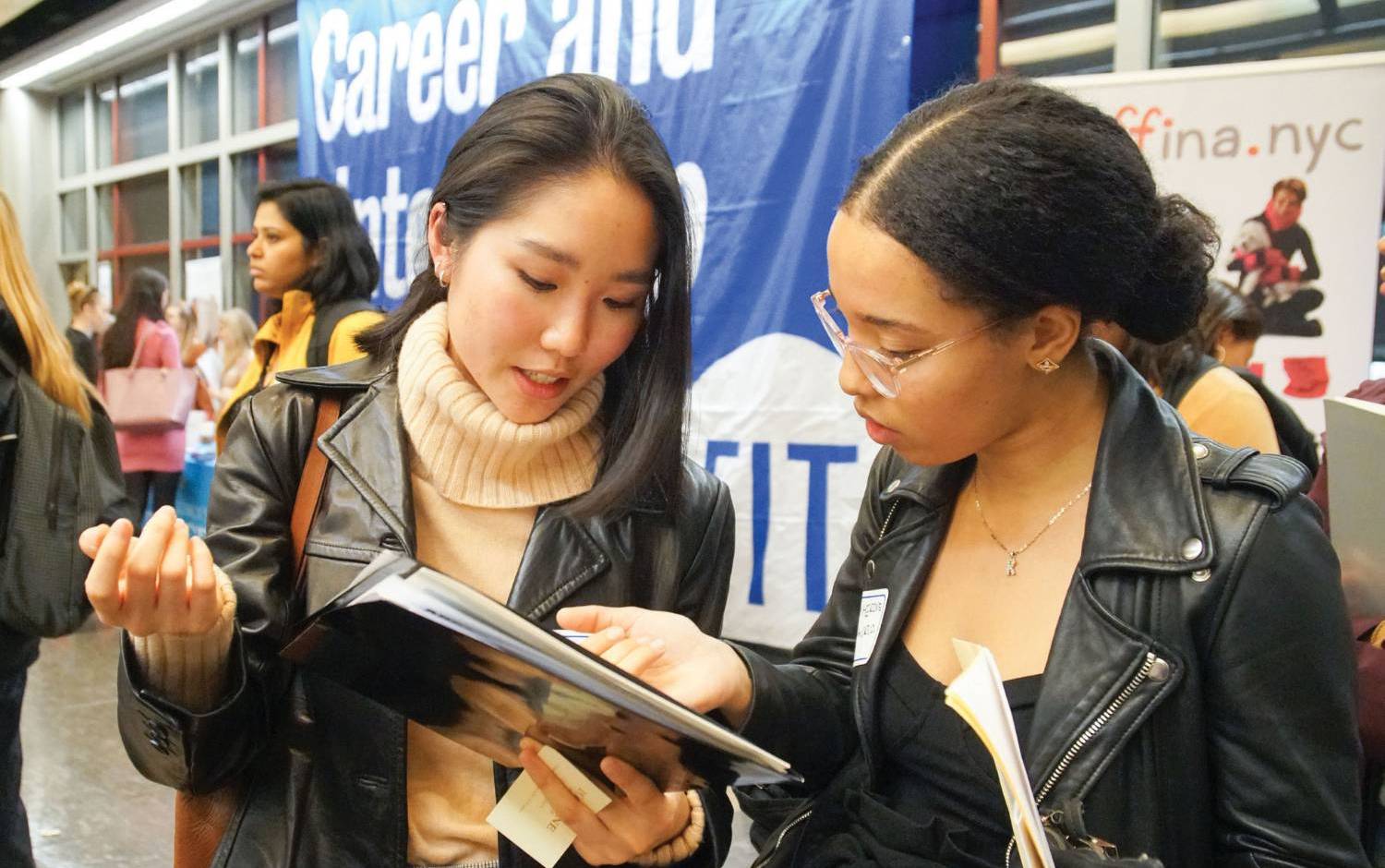Goal 1

Adopt a culture of flexible and dynamic learning. Foster an adaptable learning environment that enables innovative thinking to flourish within our classrooms and extracurricular activities.
Strategy
FIT will promote a fluid learning atmosphere for traditional and nontraditional students that champions the lifelong learning journey of the modern student: an individual who embraces knowledge absent the constraints of time, place, and subject matter. FIT will continue to ensure that curricula and pedagogies reflect the nimbleness needed to be responsive to the ever-changing practices in higher education and the industries that the College serves.
Context
Due to the evolution of technology, higher education will need to alter its traditional teaching practices to become more dynamic and responsive to the changing needs of learners. There will be a demand for traditional and nontraditional academic experiences that demonstrate integrative learning opportunities, the application of critical thinking, and the benefits of creative problem-solving for real-world business challenges.
Initiatives
A) Quick Wins (6–12 months)
- Explore utilizing technology to expedite the curriculum approval process. Develop an on-demand webinar for faculty by partnering with Academic Affairs on the development of the content and the creation of a template that includes a transparent timeline for all parties. (This will be a pilot program.)
- Develop a broad base communication plan to ensure easy access to all dates and procedures for new curriculum development.
- Bring consistency to the curriculum development process by providing a repository of relevant resources to support faculty, such as guidelines outlined by Academic Affairs.
- Establish a unified means to incorporate innovation into the curriculum while also incorporating the means for students to have room within their degree programs to pursue these opportunities. (This will be a pilot program.)
B) Innovation Imperatives (1–3 years)
- Revise course and program curricula to increase schedule flexibility and choice for students.
- Increase innovation-related opportunities for students to pursue credit.
- Establish a co-op and/or independent study program for students wishing to pursue innovation-related work or an industry experience.
- Review requirements for capstone courses to allow for student research flexibility.
- Support a structure to expand team-taught and interdisciplinary courses to be included in the major area required courses.
- Continue the work of the Flexible Learning Committee to incorporate flexibility and diversity into the curriculum.
- Establish a comprehensive adult learner strategy that supports FIT’s mission for lifelong learning. (This will be a pilot program.)
C) Blue Sky (3–5 years)
- Update curriculum to ensure current industry advancements while also reflecting an interdisciplinary approach that combines the core elements and current substantive data from the different fields of study most relevant to the creative industries.
- Establish a common experience in the first and third years, such as a common read in topics like digital literacy, research, and business writing that further supports interdisciplinary study approaches.
Think Tank Members
Co-Chairs
Maria Hwang, Assistant Professor, Science and Math
Robin Sackin Litwinsky, Assistant Professor, Fashion Business Management
Members
Brendan Leach, Associate Professor, Illustration MFA
Jennifer Lee, Assistant Professor, Fashion Business Management
Sandra Markus, Professor, Fashion Design—Apparel
Carmita Sanchez-Fong, Professor, Interior Design
Christie Shin, Associate Professor, Communication Design Pathways
Carli Spina, Librarian and Head of Research and Institutional Services, Gladys Marcus
Library